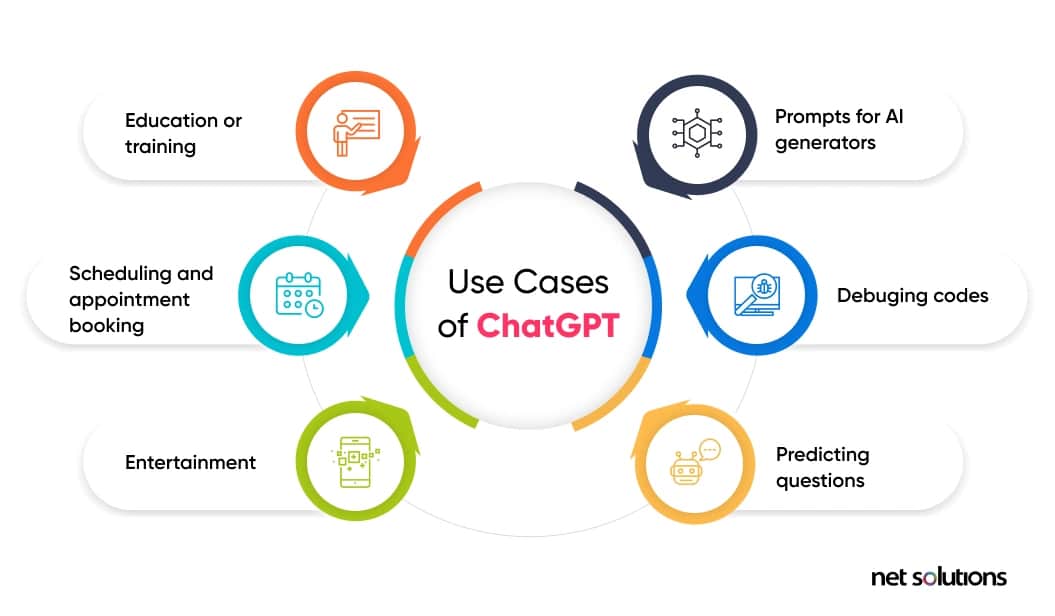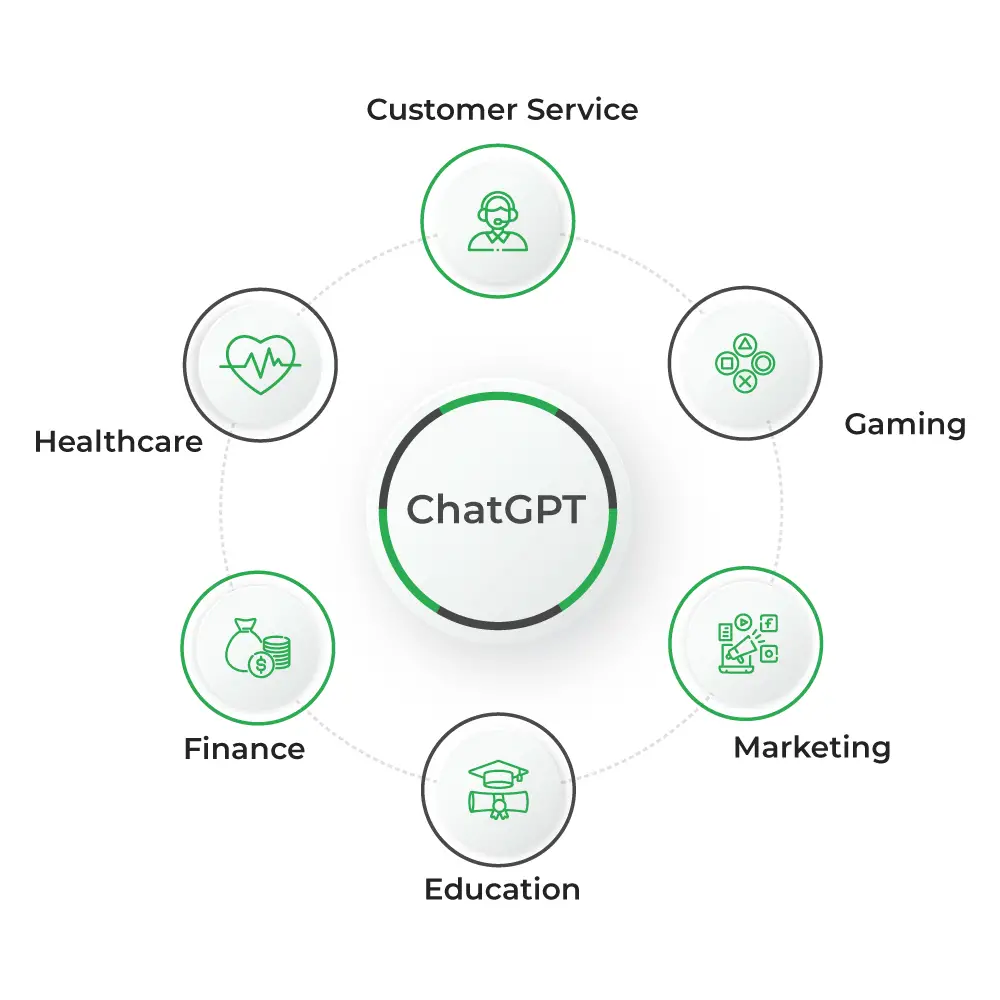Building ChatGPT-powered Applications: A Developer’s Handbook

Embark on the journey of creating innovative and interactive applications powered by ChatGPT, a revolutionary Large Language Model (LLM). This comprehensive handbook is your guide to unlocking the full potential of ChatGPT in building groundbreaking solutions.

This handbook offers step-by-step guidance to developers, from setting up your ChatGPT integration to advanced techniques for leveraging its capabilities. We cover topics such as:

- Chatbot Development: Build engaging conversational interfaces that provide personalized user experiences.
- Text Generation and Translation: Utilize ChatGPT’s natural language generation and translation abilities for content creation, language learning, and more.
- Code Generation and Debugging: Automate coding tasks, generate code snippets, and troubleshoot errors with ChatGPT’s support.
- Information Retrieval and Summarization: Access knowledge and extract insights from large text datasets with ease.
Delve into real-world examples and case studies to learn how experts are utilizing ChatGPT in various industries. Explore:
- Healthcare: Enhancing patient experiences, improving clinical research, and providing personalized health insights.
- Education: Personalizing learning journeys, generating lesson plans, and providing tailored feedback.
- E-commerce: Optimizing product descriptions, generating personalized recommendations, and enhancing customer service.
With its practical approach and comprehensive coverage, this handbook empowers you to unlock the transformative potential of ChatGPT. Create applications that redefine industries, foster meaningful connections, and revolutionize the way we interact with technology.Building ChatGPT-powered Applications: A Developer’s Handbook
Executive Summary
ChatGPT, a state-of-the-art language model, has revolutionized natural language processing (NLP). By leveraging its advanced capabilities, developers can build powerful applications that understand and communicate with users in a natural and intuitive way. This handbook provides a comprehensive guide for developers seeking to harness the potential of ChatGPT and create transformative applications.
Introduction
In the rapidly evolving world of AI, ChatGPT stands as a groundbreaking tool empowering developers to design applications that engage users, automate tasks, and facilitate seamless interactions. This handbook explores the key aspects of ChatGPT-powered application development, empowering developers to unlock the full potential of this revolutionary technology.
FAQs
-
What is ChatGPT?
ChatGPT is a large language model developed by OpenAI that excels in language generation, translation, question answering, and dialogue comprehension. -
What are the benefits of using ChatGPT for application development?
- Improved user experience through natural language interaction
- Automation of tasks and workflows
- Increased efficiency and productivity
- Creation of personalized and engaging content
-
What types of applications can be built with ChatGPT?
- Chatbots and virtual assistants
- Language translation tools
- Content creation and generation platforms
- Customer service and support systems
Key Subtopics
1. Integration with Existing Systems
- Authentication and Authorization: Connect ChatGPT to existing user databases to manage access and permissions.
- Data Exchange: Establish mechanisms for exchanging data between ChatGPT and other systems, ensuring seamless integration.
- Back-end Integration: Integrate ChatGPT with back-end systems to enable data retrieval, processing, and action execution.
- Deployment and Maintenance: Plan for deployment and manage the maintenance of ChatGPT-powered applications.
2. Natural Language Processing (NLP)
- Natural Language Understanding: Enable ChatGPT to comprehend user input, extract meaning, and respond appropriately.
- Dialogue Management: Manage the flow and context of conversations, ensuring smooth and natural user interactions.
- Machine Learning: Utilize machine learning to tailor ChatGPT responses to individual users and improve performance over time.
- Customizable Responses: Personalize responses generated by ChatGPT to align with specific application needs.
3. User Interface Design
- Conversational Interfaces: Design user interfaces that facilitate natural and intuitive interactions with ChatGPT.
- Multimodal Interfaces: Integrate multiple modalities such as text, voice, and gesture to enhance user experience.
- Adaptive Interfaces: Develop interfaces that adapt to user preferences and context, providing a personalized experience.
- Accessibility: Ensure ChatGPT-powered applications are accessible to users with disabilities.
4. Deployment and Scaling
- Infrastructure Planning: Determine the appropriate cloud or on-premises infrastructure for ChatGPT deployment.
- Performance Optimization: Optimize ChatGPT performance to ensure fast and reliable responses.
- Scalability and Availability: Ensure applications can handle increasing user load without compromising performance or availability.
- Security: Implement robust security measures to protect user data and application integrity.
5. Evaluation and Monitoring
- Performance Monitoring: Track key metrics such as response time, accuracy, and user satisfaction to assess application performance.
- User Feedback Collection: Gather user feedback to identify areas for improvement and enhance application usability.
- Continuous Improvement: Iterate and improve ChatGPT-powered applications based on user feedback and performance evaluation.
Conclusion
ChatGPT empowers developers to create applications that transcend traditional boundaries. By understanding the key subtopics outlined in this handbook, developers can build powerful and engaging experiences that transform the way users interact with technology. As ChatGPT continues to evolve, it holds immense potential for unlocking new possibilities in application development, pushing the frontiers of innovation and shaping the future of human-computer interaction.
Keyword Tags
- ChatGPT
- Application Development
- Natural Language Processing
- User Interface Design
- Deployment and Scaling
